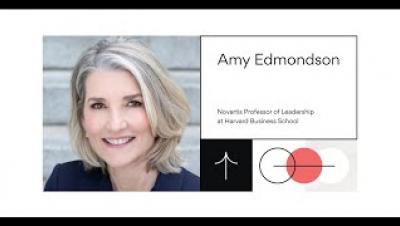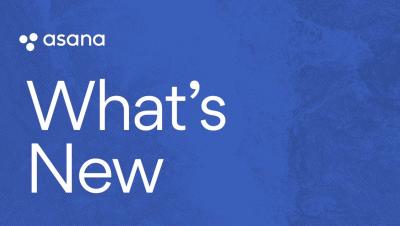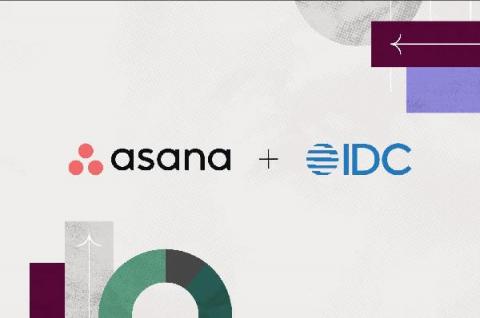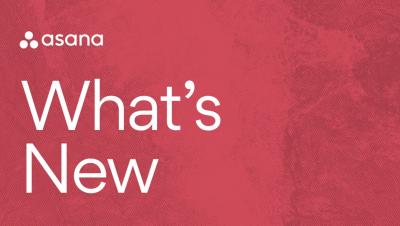Professor Amy Edmondson on how to build psychological safety at your organization
We are in the middle of one of the biggest workplace experiments in history. While most knowledge workers have experienced remote work during the COVID-19 pandemic, we’re now shifting into new territory again—some teams will remain remote, some will go back into the office, and others will be somewhere in between. This ever-shifting landscape is what Amy C. Edmondson, Novartis Professor of Leadership and Management at the Harvard Business School, says is a hallmark of a V.U.C.A.











